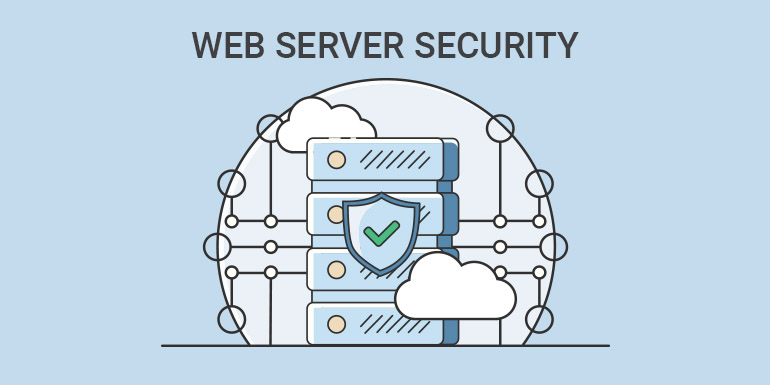
As we all know, web server security is so crucial. Web server security is the most important task for any organization that has a web server. One must take some necessary actions to enhance web server security. Below is a list of tasks one should track when securing a web server
1.Take Away Unnecessary Services
The more services running on an operating system, the more ports will be left open, hence leaving more open doors for malicious users to misuse. Switch off all unnecessary services and disable them. Turning off unwanted services will also give an extra rise to the performance of the server.
2. Remote Access
You must make sure that any remote accesses are secured properly by using encryption protocols. A good security practice is using security tokens and other single sign on equipment and software. Remote access should also be restricted to a specific number of IP’s and accounts.
3. Permissions and Privileges
Network services and file permissions play a vital role in web server security. If a web server engine is compromised, any user can easily use the account on which the network service is running to carry out tasks. Therefore, it is very important to always assign the least amount of privileges needed for a specific network service to run, such as web server software.
4. Monitor and audit the server
Ideally, any logs in a web server should be stored in a separate area. All website access logs, network services logs, database server logs and operating system logs should be checked and monitored frequently.
5. Separate development / Testing / Production environment
Since there are usually no restrictions on production servers, any applications can easily be found by unwanted users. Any type of development and testing should always be done on servers isolated from the internet.
6. Use Security Tools Provided with Web Server Software
Microsoft has released a number of tools to help administrator’s secure IIS web server installations. Although configuring such tools is a slow process and can be time consuming, especially with custom web applications, they do add an extra amount of security and peace of mind.
7. Install All Security Patches On Time
Just having fully patched software does not mean your server is fully secure, it is still very crucial to update your operating system and any other software running on it has the latest security patches.
8. Stay Informed
With technology changing constantly, it is very important to stay tuned and learn about new attacks and updated tools. Stay informed by reading security related news and magazines.